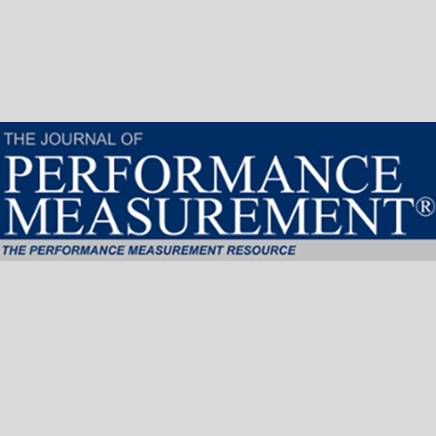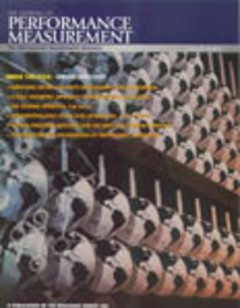Fixed Income Attribution: the Strength of the Full-Repricing
$25
We perform an empirical comparison of three widely used fixed income attribution methodologies (successive fullrepricing, simple analytics approach, and key rate durations) with regard to a market event, the twist operation announced by the FED in September 2011.
Grégoire Hug, BNP Paribas Securities Services and
Valérie Nicaise, BNP Paribas Securities Services
We perform an empirical comparison of three widely used fixed income attribution methodologies (successive fullrepricing, simple analytics approach, and key rate durations) with regard to a market event, the twist operation announced by the FED in September 2011. After presenting the twist operation, we show its impact on a widely used government index, through three different methodologies. We then explain why the full-repricing methodology is the most accurate one. We find evidence that the simple analytics methodology, also called duration analysis model, can lead asset managers and investors to a biased analysis of the performance of a market portfolio, from an ex-post or even an ex-ante perspective. This should be completed or replaced by a more robust analysis. Key rate duration approach improves the accuracy of the previous analysis for short term bonds, but it fails to capture
accurately the impacts on long-term bonds. As such, both methodologies lose accuracy when investors and asset managers need them the most to explain in detail the impact of large, unusual movements in the yield curve and performance of the portfolio.



